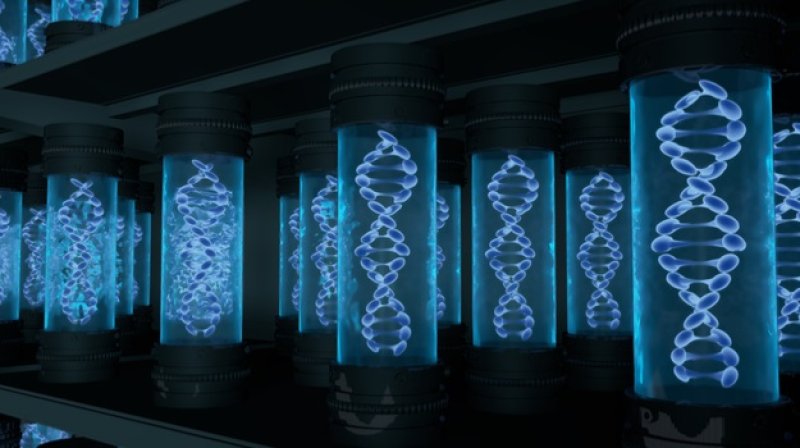DNA is designed to keep lots of data in a tiny space for an extremely long time. But the best way in which we can transfer our data onto DNA is still a topic of extensive debate. To find out more, we spoke to Dr Bill Efcavitch, Co-founder and Chief Scientific Officer of Molecular Assemblies, Inc., a company that has developed its own proprietary method of keeping our data safe on DNA.
…
[Ruairi MacKenzie]: What improvements on current storage tech will DNA data storage offer? [Bill Efcavitch]: A key facet of DNA-based storage methods is the ability to pack tons of data into microscopic spaces. The higher data density of DNA means a smaller physical footprint for devices.Also, DNA as a storage media has an extremely long lifetime, and is virtually indestructible, and the passive power consumption is much lower than current methods.
DNA-based data storage is immune to the electromagnetic pulse generated by nuclear weapons, which is important to the survivability of both government and financial records.
Modern DNA synthesis approaches are designed to maximize the speed and efficiency of the readback mechanism.
Read full, original post: Is DNA the Next Frontier for Data Storage?































